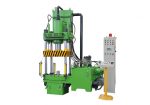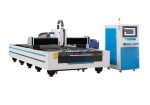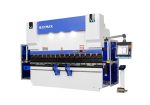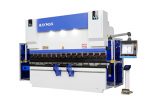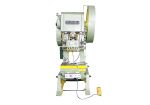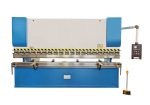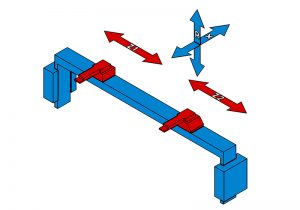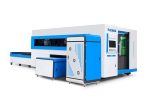Introduction
NC Hydraulic Press Brakes are a great tool for sheet metal bending that offers precision and accuracy. They are used in a variety of industries, such as aerospace, automotive, and industrial, for creating complex parts that require precise bends. NC Hydraulic Press Brakes are able to produce parts with tight tolerances and consistently repeatable results. They can be used to create bends of any angle and with varying degrees of complexity. They can also be used for small-scale production runs as well as larger runs. With the use of NC Hydraulic Press Brakes, businesses can produce parts that meet their exact specifications and improve their overall efficiency.
Optimizing NC Hydraulic Press Brake Performance for Precision Sheet Metal Bending
Optimizing NC Hydraulic Press Brake Performance for Precision Sheet Metal Bending is a process that requires the highest level of precision and accuracy. In order to ensure the highest quality of bends, the press brake must be properly adjusted and maintained. This includes proper machine settings, a good understanding of the material being bent, and an understanding of how to properly program and operate the machine.
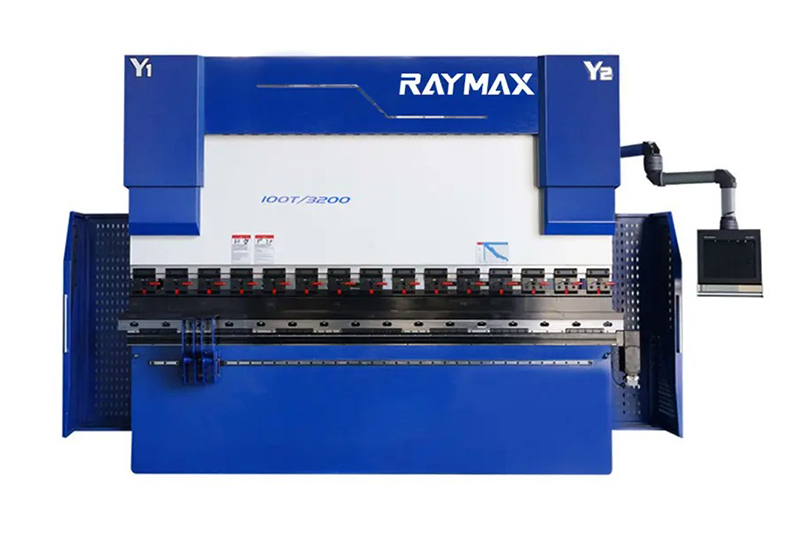
The first step in optimizing performance is to ensure that the press brake is set up correctly. This includes making sure that all mechanical components are properly aligned and adjusted according to manufacturer’s specifications. Additionally, it is important to check for any potential sources of vibration or noise that could negatively affect bending accuracy. If any issues are found, they should be addressed before continuing with setup.
Next, it is important to understand the material being bent and its properties in order to select the best tooling setup for optimal results. Different materials require different tooling setups in order to achieve optimal results without damaging or distorting the material during bending operations. It is also important to understand how different variables such as stroke length, feed rate, pressure, etc., can affect bending accuracy and repeatability when setting up a press brake for precision sheet metal bending operations.
Finally, it is essential that operators have a good understanding of how to properly program and operate the press brake in order to achieve precise bends with minimal distortion or deformation. The operator must be familiar with programming language specific to their machine as well as have an understanding of what parameters need adjusting in order for accurate bends every time. Additionally, operators should be aware of common mistakes made when programming a press brake so they can avoid them in their own operations.
By following these steps when optimizing NC Hydraulic Press Brake Performance for Precision Sheet Metal Bending, operators can ensure they are getting high quality results every time while minimizing waste due to incorrect setup or programming errors.
Analyzing Setup Parameters to Improve Accuracy of NC Hydraulic Press Brake Bends
Analyzing setup parameters is essential to improving the accuracy of NC hydraulic press brake bends. To achieve the highest level of accuracy in bending parts, it is important to properly configure the setup parameters for a given bending application. Setup parameters include the material properties, tooling selection, machine settings, and bend sequence.
Material Properties: The material properties are a key factor in determining how accurately a part can be bent. The material must be selected according to its tensile strength, yield strength, ductility, hardness, and other relevant factors. These characteristics will determine how much force can be applied to the part during bending without causing it to deform or break. Additionally, these properties will dictate what type of tooling is best suited for the job and what settings should be used on the machine.

Tooling Selection: Different types of tooling are available for use on NC hydraulic press brakes. It is important to select the appropriate tooling based on the material being bent as well as its desired shape and size. Generally speaking, V-shaped tools are used for general-purpose bending applications while U-shaped tools are used for more intricate shapes such as contours and radiuses. Other specialty tools such as wave tools may also be necessary depending on the application requirements.
Machine Settings: Machine settings play an important role in achieving accurate bends with an NC hydraulic press brake. These settings include the stroke length, speed of movement, ram force/pressure, back gauge position and pressure compensation settings. It is important that all of these parameters are set correctly in order to achieve consistent results with each bend cycle. Additionally, certain safety features such as over travel limits should also be configured correctly to ensure that no damage is done to either the machine or workpiece during operation.
Bend Sequence: The order in which parts are bent can have a significant impact on their overall accuracy and repeatability. Generally speaking, it is best practice to begin with simpler bends first before progressing onto more complex shapes or forms as this will help reduce distortion caused by heat buildup or excessive strain on specific areas of the workpiece during bending operations. Additionally, when possible it is beneficial to perform multiple bends at once as this helps reduce overall cycle times while still maintaining accuracy and repeatability across multiple pieces or batches of parts being bent simultaneously.
By properly analyzing setup parameters for an NC hydraulic press brake bend application, one can greatly improve accuracy and repeatability across multiple batches or pieces being bent simultaneously. Selecting the correct material properties and tooling along with configuring machine settings appropriately will ensure that each bend cycle yields consistent results that meet all quality requirements for a given job specification or project requirement. Additionally proper sequencing of parts being bent can also help reduce distortion due to heat buildup or excessive strain on certain areas during bending operations thus improving overall part quality across multiple batches or pieces being bent simultaneously
Implementing Tooling Solutions for Complex Geometries Using NC Hydraulic Press Brakes
NC Hydraulic Press Brakes are a versatile and reliable tooling solution for complex geometries. They are designed to produce accurate bends in a variety of materials, including steel, aluminum, and stainless steel. The press brakes use hydraulic power to exert a powerful force on the workpiece, which enables them to bend metal with precision and accuracy.
When dealing with complex geometries, NC Hydraulic Press Brakes are ideal for creating intricate bends that would be difficult to achieve with other types of tooling solutions. These machines offer a number of features that make them well-suited for complex applications, such as adjustable backgauge systems that allow users to precisely adjust the angle and depth of each bend. Additionally, many models come equipped with programmable logic controllers (PLCs) that allow operators to quickly input data into the machine and set up complicated bending sequences. This helps ensure consistent results on even the most intricate parts.
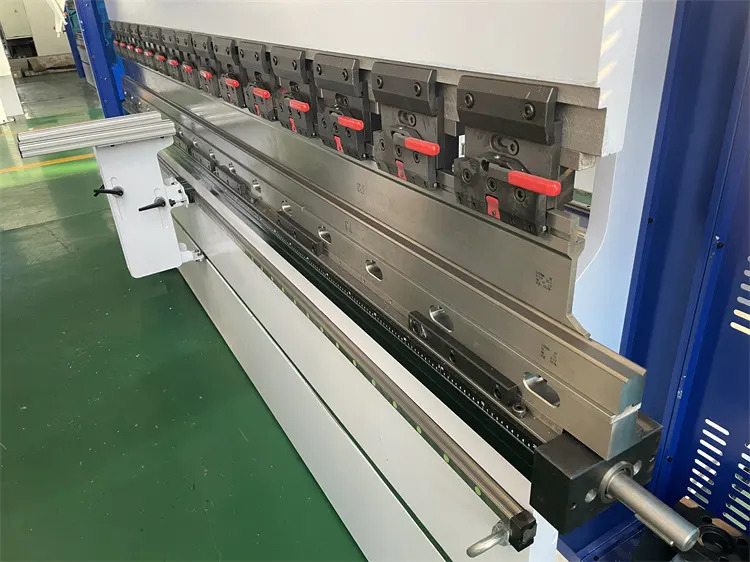
NC Hydraulic Press Brakes are also extremely safe to operate due to their design. The machines feature an array of safety features such as light curtains, two-hand controls, overload protection, and automatic stop systems. All these features help ensure operator safety while providing maximum control over the bending process.
In addition to their versatility and reliability in complex applications, NC Hydraulic Press Brakes are also cost-effective compared to other tooling solutions due to their low energy consumption rates and minimal maintenance requirements. Their high level of automation means they require fewer operators than manual press brakes while still producing consistently accurate results with minimal waste or downtime.
Overall, NC Hydraulic Press Brakes offer a reliable solution for creating precise bends in complex geometries without compromising on safety or accuracy. With their adjustable backgauge systems and programmable logic controllers (PLCs), they provide users with maximum control over the bending process while also reducing costs associated with energy consumption and maintenance requirements.
Evaluating Die Clearance and Material Properties for Optimal NC Hydraulic Press Brake Bending
Evaluating die clearance and material properties for optimal NC hydraulic press brake bending is a critical step in the process of manufacturing parts. It involves determining the ideal size and shape of the die that will be used to bend metal in a hydraulic press brake, as well as evaluating the material properties of the metal itself to ensure that it will bend correctly. This evaluation is essential for ensuring that parts are produced to specification and that the machine is operating safely.
The first step in evaluating die clearance and material properties for optimal NC hydraulic press brake bending is to determine the proper size and shape of the die that will be used. This requires measuring both the thickness of the material being bent, as well as its width. The thickness should not exceed that which can be accommodated by the machine, while at the same time being thick enough to provide adequate strength during bending operations. The width should also not exceed what can be accommodated by the machine, while still providing enough support during bending operations. Additionally, it is important to consider any internal features or reinforcements present within a part when determining an appropriate die size and shape.
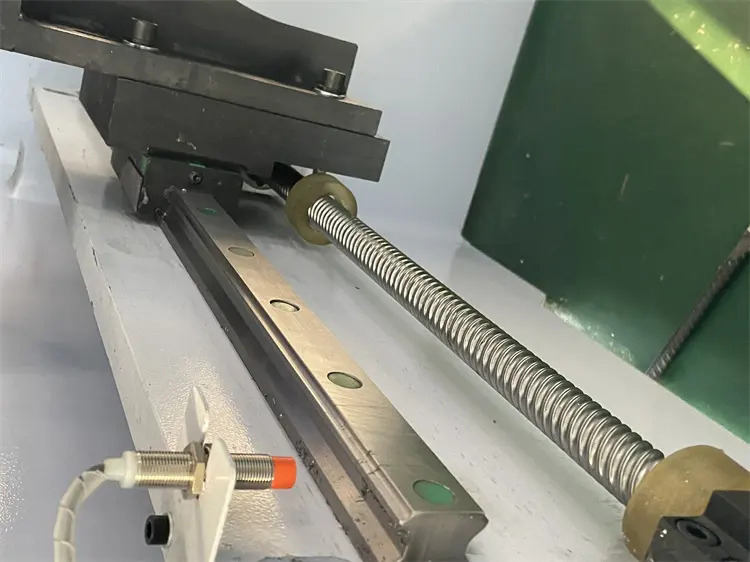
In addition to evaluating die clearance, it is also important to consider the material properties of the metal being bent. These include its yield strength, tensile strength, ductility, hardness, elasticity and fatigue strength. All these factors must be taken into account when selecting an appropriate die size and shape so that they do not become overloaded during bending operations. Additionally, any internal features or reinforcements present within a part must also be taken into consideration when evaluating these material properties.
Finally, it is essential to ensure that any lubricants used during bending operations are compatible with both the metal being bent and any internal features or reinforcements present within a part. This helps reduce friction between moving parts of the machine which can lead to wear or even failure if incompatible lubricants are used. It also helps ensure optimal performance from your NC hydraulic press brake during bending operations.
By properly evaluating both die clearance and material properties for optimal NC hydraulic press brake bending, manufacturers can ensure that their parts are produced correctly and safely while achieving maximum performance from their machines. This evaluation process requires careful consideration of both die sizes and shapes as well as materials properties in order to achieve successful results each time a part is bent in a hydraulic press brake.
Utilizing Advanced Technology to Maximize Precision of NC Hydraulic Press Brake Bends
NC hydraulic press brake bends are an essential part of the manufacturing process, allowing for the precise bending of metal components with minimal force. However, traditional methods of NC hydraulic press brake bending can be slow and imprecise, leading to inaccurate bends that require additional time and effort to correct.
Advanced technology has revolutionized NC hydraulic press brake bending, allowing manufacturers to produce more precise bends with greater efficiency and accuracy. The latest technology includes CNC-controlled hydraulic press brakes with advanced control systems that provide real-time feedback on the bend’s progress. This feedback can be used to adjust the speed and pressure of the bending process in order to achieve an optimal bend radius or angle.
The latest CNC-controlled hydraulic press brakes also feature advanced optics, allowing for high levels of precision when forming intricate bends in complex shapes. This is made possible through a combination of 3D imaging technology and laser beam positioning systems that accurately measure the bend’s angle, radius, and position in relation to the workpiece. This ensures that each bend is formed exactly as it should be without any additional time or effort required for adjustment.
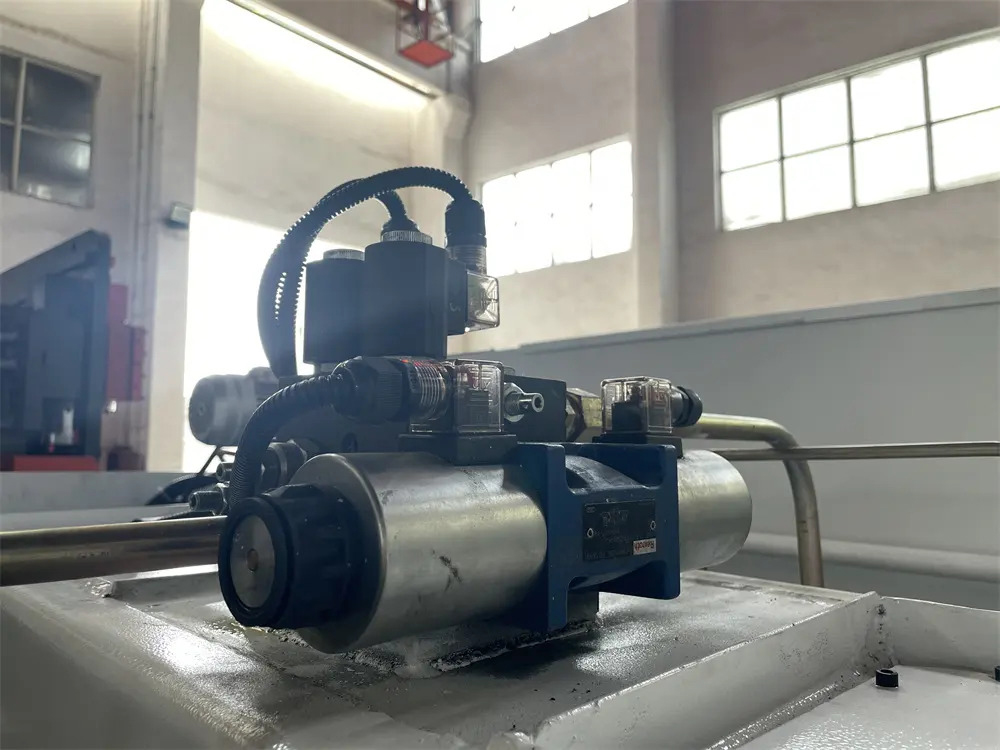
Finally, advanced monitoring systems have been developed for use with NC hydraulic press brakes that allow operators to monitor every aspect of the bending process in real-time. These systems provide detailed data about the angle, radius, and position of each bend as it is formed. This data can then be used to optimize the bending process by adjusting pressure or speed as needed to ensure precision and accuracy at all times.
By utilizing advanced technology such as CNC-controlled hydraulic presses with laser beam positioning systems and real-time monitoring systems, manufacturers can maximize precision when performing NC hydraulic press brake bends while also increasing their overall efficiency and productivity levels.
Exploring Innovative Solutions to Streamline the NC Hydraulic Press Brake Process
Exploring innovative solutions to streamline the NC hydraulic press brake process is an essential part of modern manufacturing. This process involves bending metal sheets into the desired shapes, and is often used in the production of parts for automobiles, aircraft, and other industrial equipment. It is a complex process that requires precision and accuracy, as well as time-consuming setup and programming operations.
In order to maximize efficiency and reduce costs, many manufacturers are now exploring innovative solutions to streamline the NC hydraulic press brake process. These solutions include automation, computer-aided design (CAD) systems, virtual simulation software, and improved machine tools. Automation can help reduce setup times by automating certain tasks such as part loading, tooling selection, programming of motions and sequences, and tool changeover. CAD systems can help designers create more accurate parts faster by automatically generating CNC programs from 3D models. Virtual simulation software allows users to simulate the entire press brake operation before it is actually performed on a machine. This helps identify potential problems before they occur in real life. Improved machine tools allow for greater accuracy when bending sheet metal parts with high precision requirements.
To further streamline the NC hydraulic press brake process, manufacturers are also exploring advanced features such as automated material handling systems and robotic arms for loading/unloading parts from machines. Additionally, they are investigating ways to improve the accuracy of bends with special tooling designs that can compensate for springback or distortion in sheet metal materials during bending operations. Finally, they are also investigating new ways to optimize part quality with improved cutting processes such as laser cutting or water jet cutting that produce more precise parts with fewer defects.
Overall, exploring innovative solutions to streamline the NC hydraulic press brake process is essential for modern manufacturing operations that need to reduce costs while maintaining high levels of accuracy and precision in their parts production processes. Automation and improved machine tools are just some of the ways manufacturers are improving this process so they can remain competitive in today’s market.
Conclusion
NC Hydraulic Press Brakes are ideal for precise sheet metal bending applications, offering the highest accuracy and repeatability. With its advanced control system, operators can easily program and recall bends with maximum precision and efficiency. Additionally, the hydraulic press brake’s robust construction and rigid frame provide increased stability and strength, allowing it to work reliably in even the most challenging applications. Its ergonomic design ensures comfortable operation, allowing operators to achieve better results with less fatigue. With its many advantages, NC Hydraulic Press Brakes are an ideal choice for precise sheet metal bending in any size.


